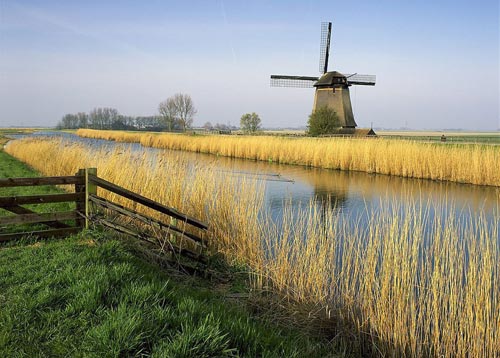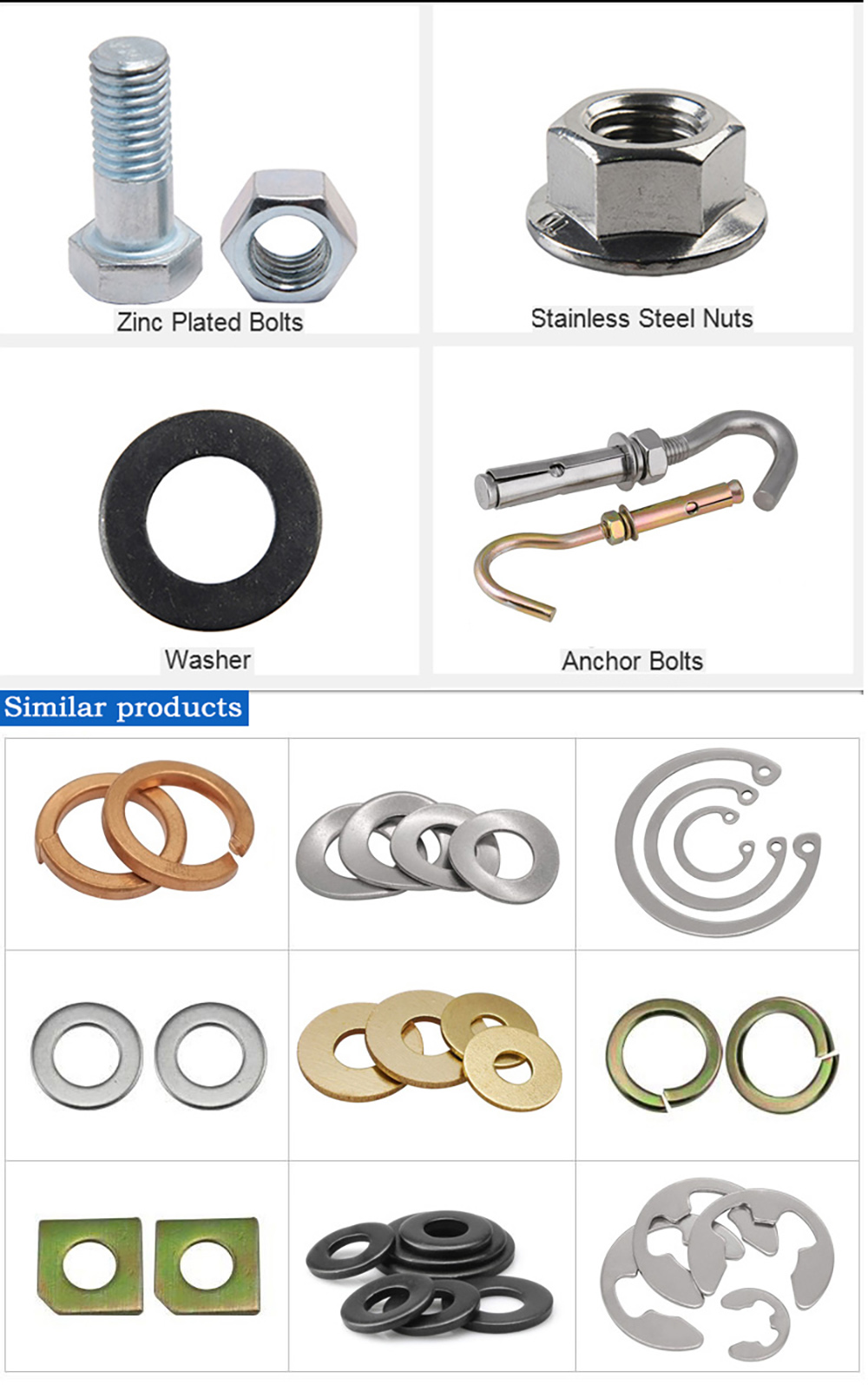 When I think of the Netherlands, the first thing that comes to mind is the iconic windmills. These are not just picturesque landmarks—they're a symbol of Dutch history and innovation. But have you ever wondered why the Netherlands has such a strong connection with wind power? Let me break it down for you.
The Netherlands has a long history of land reclamation. In fact, about half of the country was created by draining water from the sea. Because of this, the country doesn’t have abundant underground resources like oil or gas. However, what they do have is strong and consistent winds, especially along the coast. You might have noticed that Dutch women often don’t wear bangs—partly because the wind is so strong, it blows their hair everywhere!
The Dutch also place a high value on environmental sustainability. After all, the land they live on is hard-earned and precious. Wind energy is one of the cleanest and most sustainable sources of power, which makes sense for a country that’s always looking to protect its environment. In fact, over 70% of waste in the Netherlands is recycled, thanks to strict policies and cultural habits.
Today, many of the traditional windmills are just for show, serving as tourist attractions rather than functional structures. But their historical significance remains strong. Back in the day, windmills were essential for draining water from low-lying areas and powering mills. The Netherlands’ flat terrain made it vulnerable to flooding, so windmills played a crucial role in managing water levels and supporting agriculture.
Additionally, the country's location on the coast puts it in a sub-arctic monsoon climate zone, where strong winds blow consistently throughout the year. Combined with the open plains, these conditions make the Netherlands ideal for harnessing wind energy. Today, the country continues to invest in wind power, both onshore and offshore, making it a global leader in renewable energy.
So next time you see a windmill in the Netherlands, remember—it’s more than just a pretty picture. It’s a testament to the country’s ingenuity, resilience, and commitment to sustainability.
When I think of the Netherlands, the first thing that comes to mind is the iconic windmills. These are not just picturesque landmarks—they're a symbol of Dutch history and innovation. But have you ever wondered why the Netherlands has such a strong connection with wind power? Let me break it down for you.
The Netherlands has a long history of land reclamation. In fact, about half of the country was created by draining water from the sea. Because of this, the country doesn’t have abundant underground resources like oil or gas. However, what they do have is strong and consistent winds, especially along the coast. You might have noticed that Dutch women often don’t wear bangs—partly because the wind is so strong, it blows their hair everywhere!
The Dutch also place a high value on environmental sustainability. After all, the land they live on is hard-earned and precious. Wind energy is one of the cleanest and most sustainable sources of power, which makes sense for a country that’s always looking to protect its environment. In fact, over 70% of waste in the Netherlands is recycled, thanks to strict policies and cultural habits.
Today, many of the traditional windmills are just for show, serving as tourist attractions rather than functional structures. But their historical significance remains strong. Back in the day, windmills were essential for draining water from low-lying areas and powering mills. The Netherlands’ flat terrain made it vulnerable to flooding, so windmills played a crucial role in managing water levels and supporting agriculture.
Additionally, the country's location on the coast puts it in a sub-arctic monsoon climate zone, where strong winds blow consistently throughout the year. Combined with the open plains, these conditions make the Netherlands ideal for harnessing wind energy. Today, the country continues to invest in wind power, both onshore and offshore, making it a global leader in renewable energy.
So next time you see a windmill in the Netherlands, remember—it’s more than just a pretty picture. It’s a testament to the country’s ingenuity, resilience, and commitment to sustainability.It refers to the part of the pad between the connected part and the nut. Generally flat metal ring, used to protect the surface of the connected parts from nut abrasion, disperse the pressure of the nut on the connected parts.
Commonly used washers are divided into: flat washers, spring washers, internal tooth washers, external tooth washers, internal serrated washers, external serrated washers

Stainless Steel Square Washers ,Square Hole Washer For Carriage Bolt ,Square Strut Washer,Square Washers Toolstation
Kunshan Zhonggu Precision Hardware Co., Ltd. , https://www.zgfastener.com